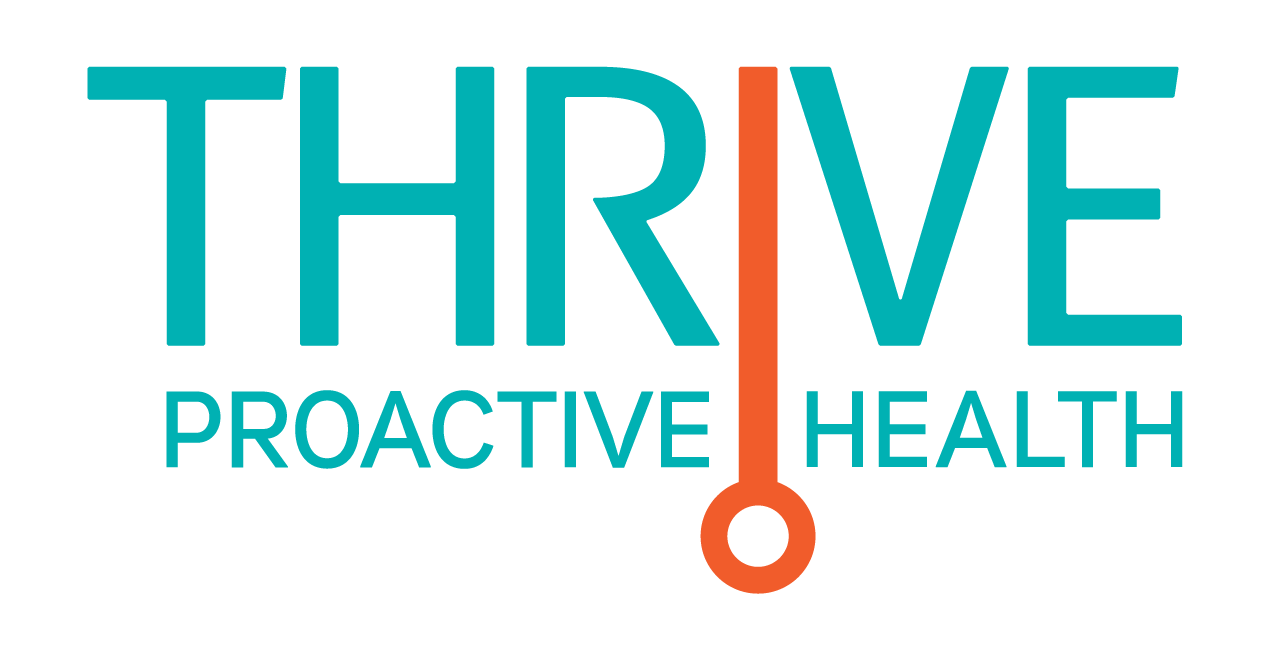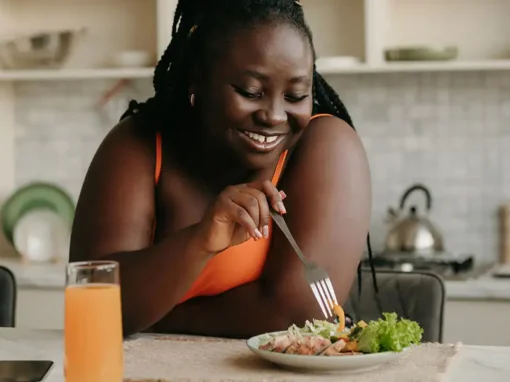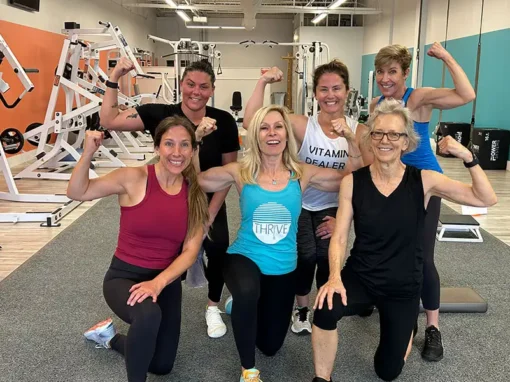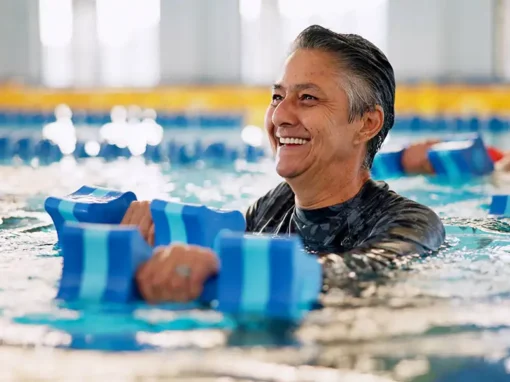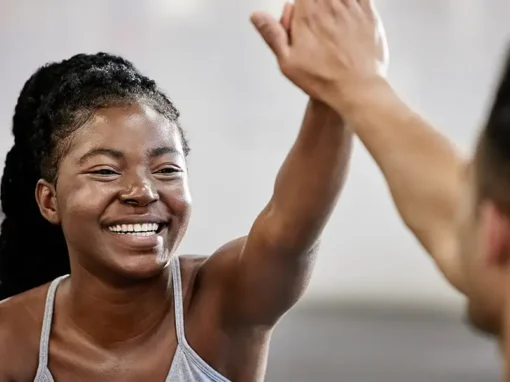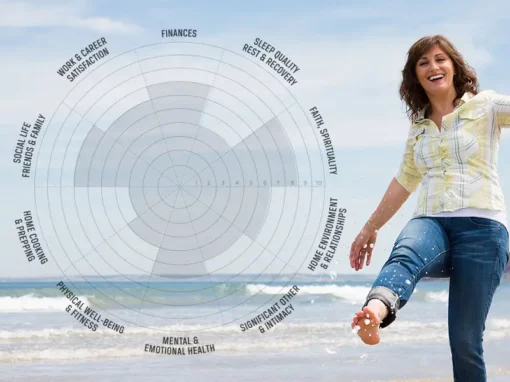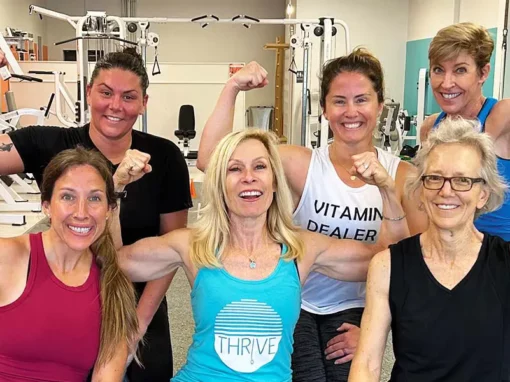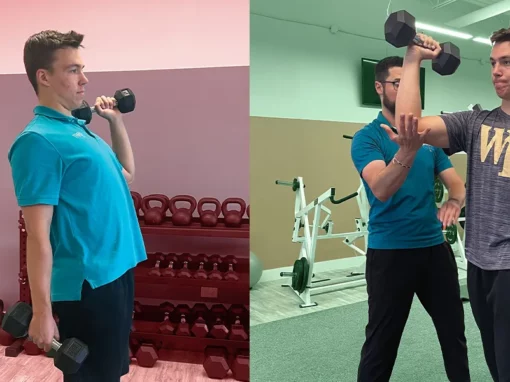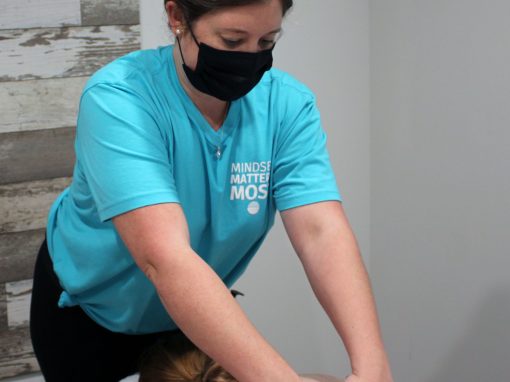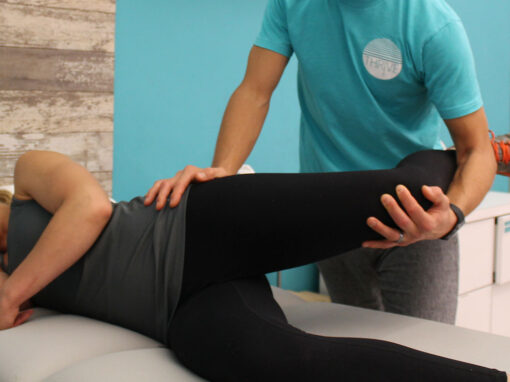Why Balance Matters in Fitness
Balance in fitness means integrating different types of movement, rest, and nutrition in a way that promotes longevity and vitality. Many women fall into extremes—overtraining or undertraining, neglecting recovery, or following restrictive diets. These imbalances can lead to burnout, injuries, and hormonal disruptions.
Finding balance ensures that fitness is not just a short-term goal, but a lifelong journey. It fosters strength, energy, and confidence while preventing the pitfalls of stress and overexertion.
The Components of a Balanced Fitness Routine
A holistic approach to fitness incorporates several key elements:
-
Strength Training: Building a Strong Foundation
Strength training is essential for bone health, muscle tone, and metabolic function. Many women avoid lifting weights due to outdated myths about “bulking up.” In reality, resistance training improves posture, boosts metabolism, and enhances daily functionality.
How to Incorporate It:
- Train major muscle groups at least two to three times a week.
- Use a combination of free weights, resistance bands, and bodyweight exercises.
- Focus on compound movements such as squats, lunges, deadlifts, and push-ups.
-
Cardiovascular Health: Endurance and Heart Health
Cardio workouts improve circulation, increase lung capacity, and support heart health. However, excessive cardio without balance can lead to muscle loss and fatigue.
How to Incorporate It:
- Engage in moderate-intensity cardio (e.g., brisk walking, cycling) for 150 minutes per week.
- Mix in high-intensity interval training (HIIT) once or twice a week for efficiency.
- Choose enjoyable activities like dancing, hiking, or swimming to stay motivated.
-
Mobility and Flexibility: Preventing Injury
Flexibility and mobility exercises enhance movement efficiency, reduce stiffness, and lower the risk of injury. As women age, maintaining joint health becomes even more vital.
How to Incorporate It:
- Dedicate at least 10 minutes per day to stretching or yoga.
- Incorporate dynamic stretches before workouts and static stretches afterward.
- Use foam rollers or massage therapy to relieve muscle tension.
-
Rest and Recovery: Honoring Your Body’s Needs
Recovery is often overlooked, but it is just as important as the workouts themselves. Overtraining can cause stress on the nervous system, disrupt sleep, and lead to injuries.
How to Incorporate It:
- Prioritize at least one to two rest days per week.
- Get quality sleep (seven to nine hours per night) to allow muscles to repair.
- Consider restorative activities like meditation, deep breathing, or massage therapy.
-
Nutrition: Fueling Your Fitness
Balanced nutrition is the foundation of any fitness plan. Women’s nutritional needs vary based on age, activity level, and hormonal cycles.
The Mind-Body Connection: Mental and Emotional Wellness
A truly balanced fitness journey includes mental and emotional well-being. Exercise reduces stress and boosts endorphins, but an unhealthy relationship with fitness can lead to burnout or guilt.
Tips for Mind-Body Balance:
- Listen to Your Body: Pay attention to how you feel before, during, and after workouts.
- Set Realistic Goals: Avoid comparison and focus on your personal progress.
- Find Joy in Movement: Choose activities that you love, making fitness a lifestyle rather than a chore.
- Practice Mindfulness: Meditation, journaling, or spending time in nature can complement your fitness routine.
How Thrive Proactive Health Can Help
Our team of experienced professionals—including fitness trainers, physical therapists, and wellness coaches—helps women create customized, sustainable fitness plans. Whether you need strength training guidance, recovery strategies, or nutritional support, we’re here to support your journey toward balance and well-being.
If you’re ready to find balance in your fitness routine, let Thrive be your partner in wellness. Contact us today to learn more about our personalized programs and holistic approach to health.
